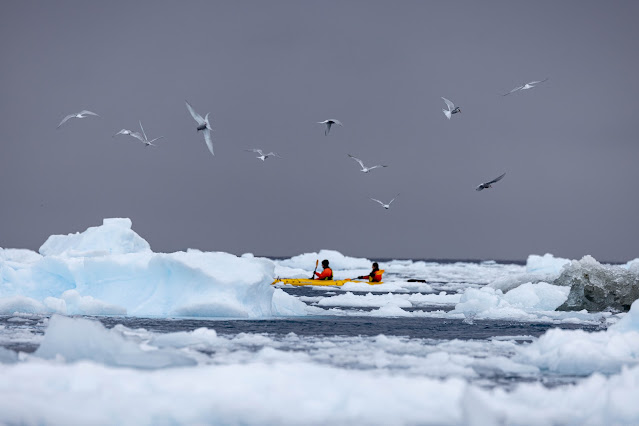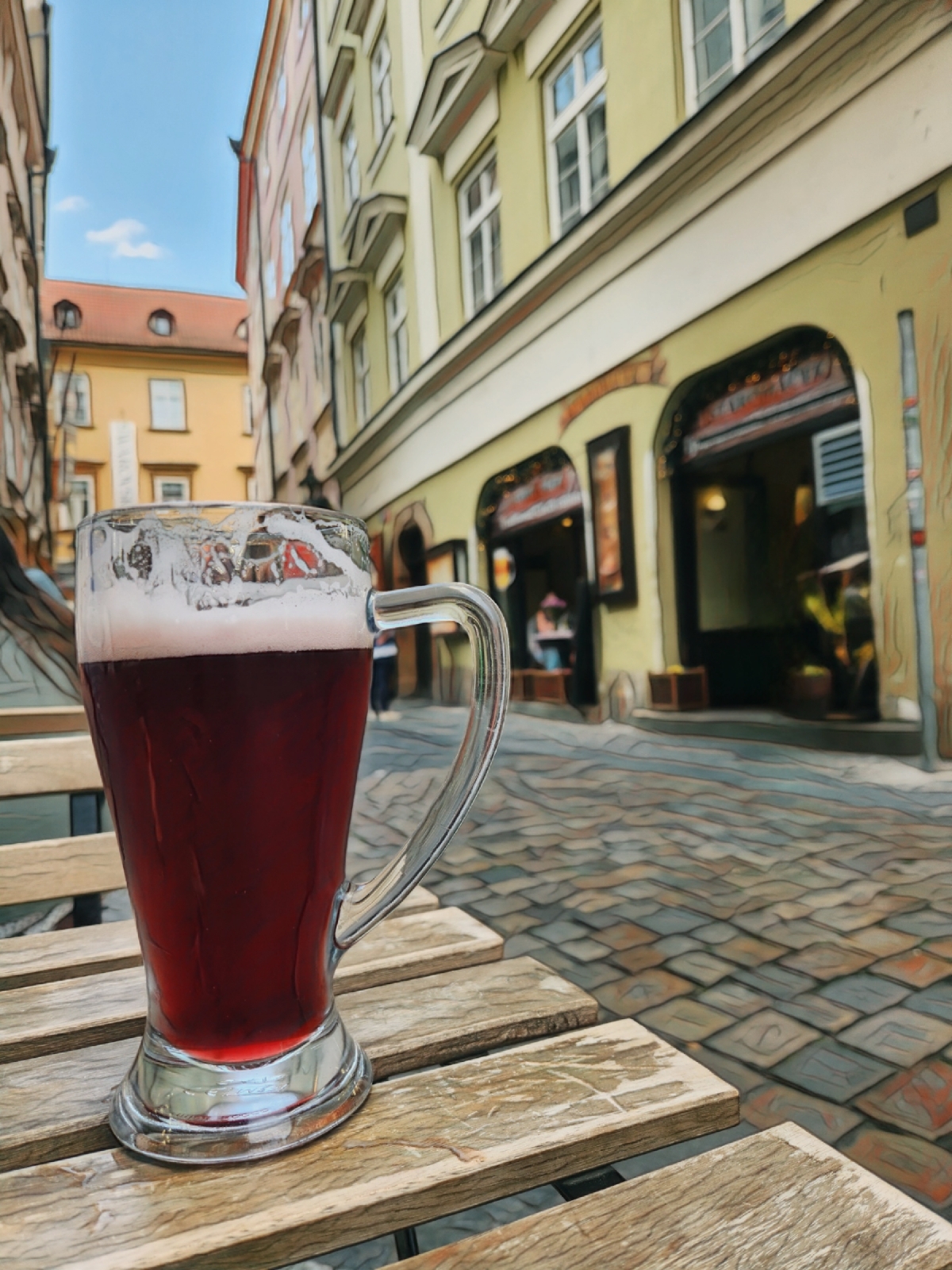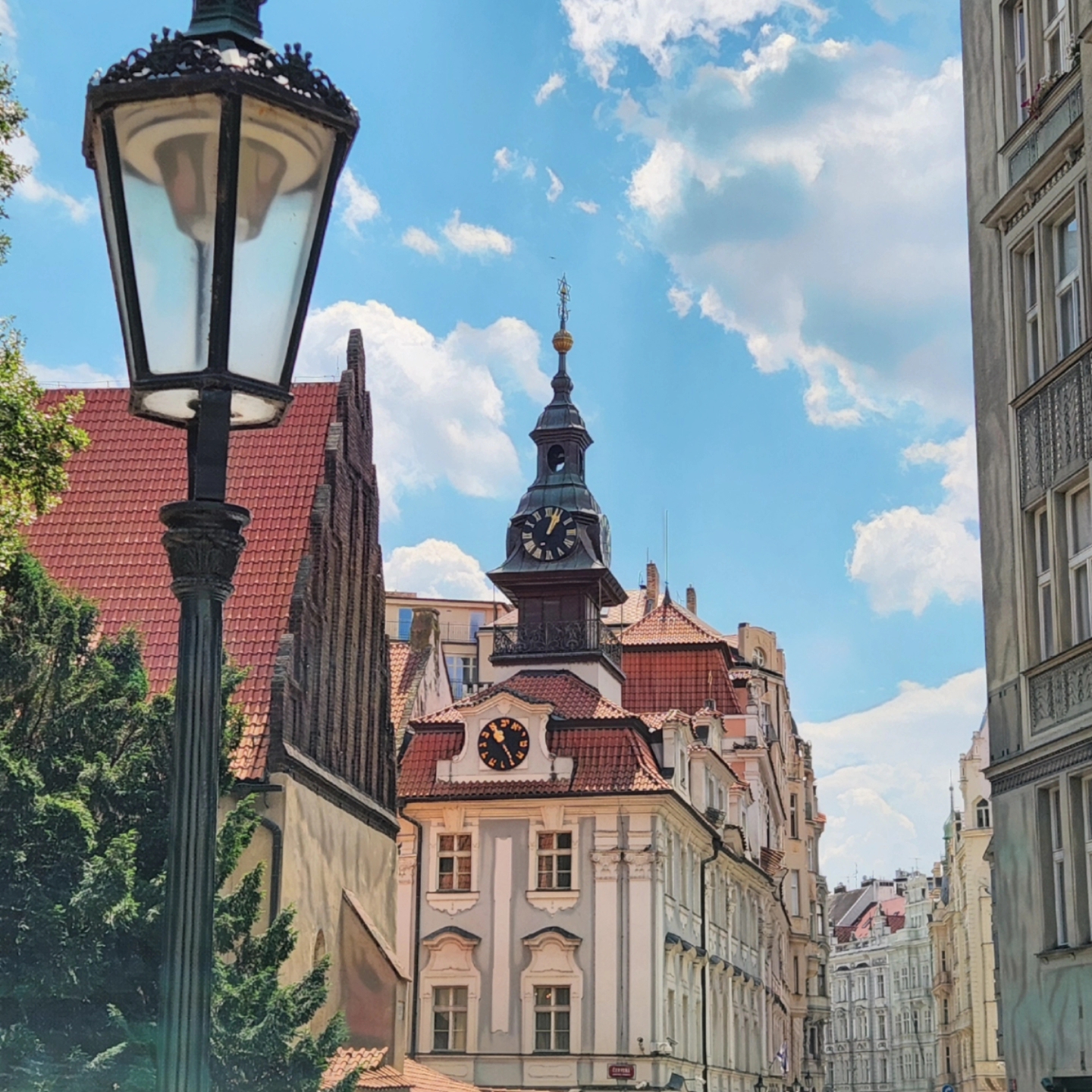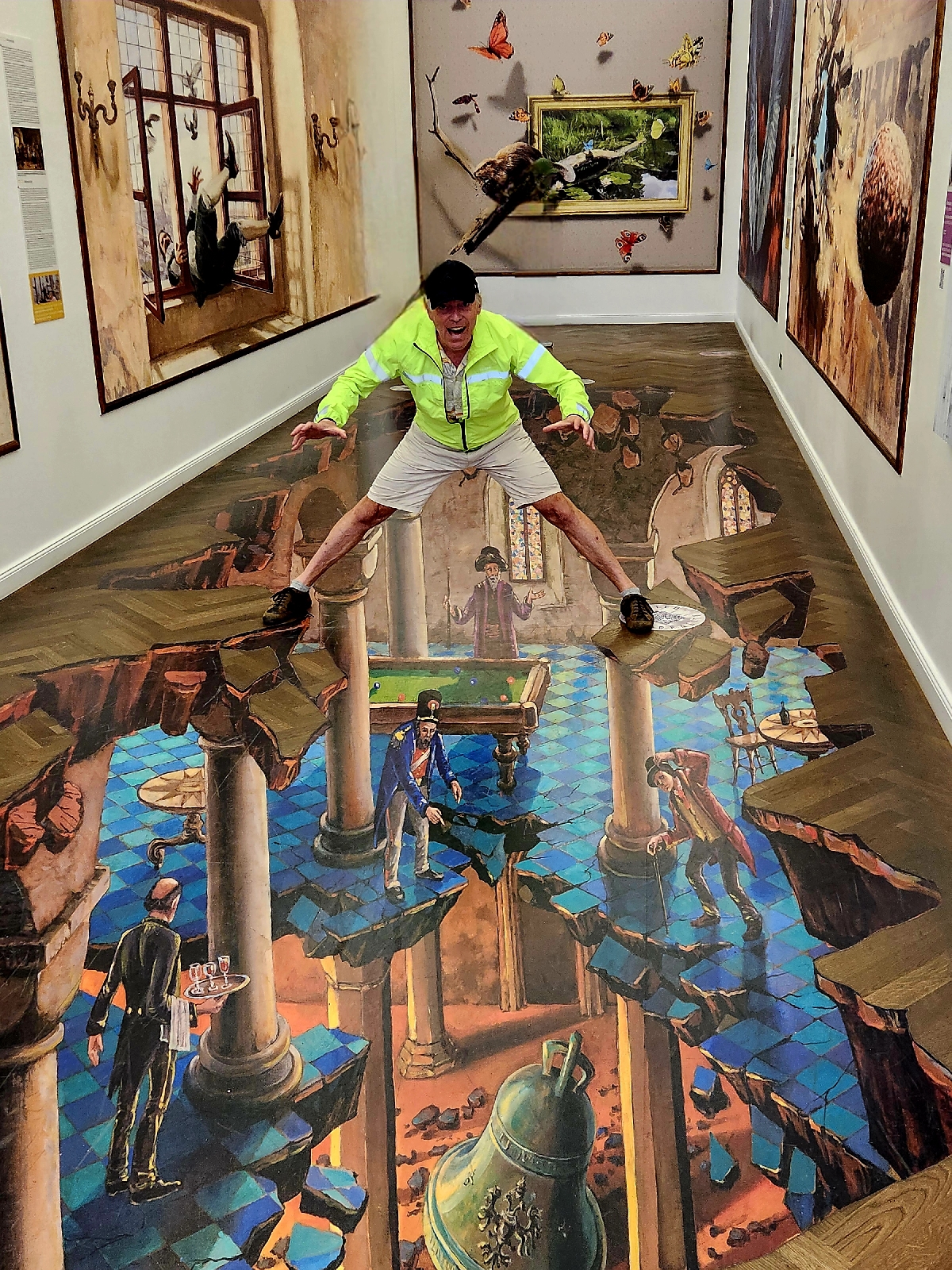The Galápagos has three main islands, Isabela, Santa Cruz, and San Cristobal, and about 15 other smaller uninhabited islands. Of course, I mean to write uninhabited by people. As Darwin discovered when he arrived here in 1835, the islands are teeming with millions of animals, in flight, on land, and underwater. It is said that 40% of all the species of fauna found here are found nowhere else on Earth, they are endemic to these unique islands.
Fortunately, my mega-yacht cruise was able to weigh anchor at more than 15 different coves throughout the week, giving me (and 11 others) the extraordinary opportunity to swim with, and walk among, many of these special and unique animals. The entire archipelago and surrounding waters is a protected environment with very strict protocols. Remember Covid-era rules, here it is prohibited to approach within 2 metres of any wildlife!
Because humans are not a threat to the animals, they in turn
have no fear of us. When snorkeling, a giant turtle may swim right by me but I
must not hop on for a ride. I little disappointed I was at each opportunity. On
the other extreme, the million sharks infesting these same waters are
supposedly eating their natural prey with such abundance that they leave
swimmers alone. When sharks were sighted, I elected to stay onboard. Call me
chicken, but I feared becoming that solitary exception.
On our maiden Zodiac tour of the coast, I saw my first ever
blue-footed booby perched on an outcrop, a few of them, in fact. One ingredient
in their unique diet gets converted by their livers into a blue substance which
then gets deposited into their feet and skin. As their skin is completely
covered in feathers, the only evidence we see is in their bright blue feet. Why
they are called boobies yields another interesting story: when they mate, the males do a dance that makes them look like a drunken fool, or bobo, in
Spanish. Which became boobie, in English. I did manage to avoid purchasing that
most popular T-shirt sold, emblazoned with, "I love boobies!"
My entire time spent at sea and on the islands themselves
made me feel as if I were on the movie set of Jurassic Park. At any moment, if
I looked down into the waters, I would see sharks, or eagle rays, or very large
sea turtles swimming about. If I looked up, there were pelicans, hawks, or
pterodactyl-like birds with six-foot wingspans soaring above. Often, one or two
of these birds would tuck in their wings and dive bomb straight down into the
sea at high speeds, and then surface moments later with a fish wriggling in its
beak. And if I looked over to the coastline, I would see many sea lions, bright
red crabs, marine iguanas warming themselves up in the sunshine, preparing to
head into the sea, swim underwater and feed on the algae and other flora. When
their internal temperatures gets too low from the cool waters, they climb back
out onto the warm black lava rocks and heat up again, a new cycle begins. Wash,
rinse, repeat.
On the roads and motorways, cars often stop to allow iguanas
or turtles to cross. In the three towns, the sea lions rule. They are so often
found lying about on the sidewalks, bike lanes, on benches and beaches,
apparently resting or warming themselves in the sunshine. It's shocking to see
at first. But after a few days, what was shocking becomes the norm and I barely
notice these large animals anymore as I casually walk around them on the
sidewalk. The pelicans are perched casually on posts or rooves without a care
or risk of being threatened by humans. I realize that I've become accustomed to
this surreal environment, and wonder if I will long for it once I depart. Will
I need to return to feel the wondrous rapport with all things animal? Is this
why so very few people who were born here ever leave for the mainland?
One of the only three towns, Puerto Villamil, appears to me to be a scuba
diver's paradise. The town itself has only dirt roads, reminiscent of what I
recall from my experiences in much of Africa. The shops are all small, offering
up food and supplies, targeting the free-wheeling lifestyle of young, carefree divers, who live in the various hostels. No souvenir shops to be found, in contrast to
the other two towns on the Islands. But there are many beach bars or shacks along the nearly one kilometer-long stretch of town. In many respects, it feels like paradise: off the beaten path, only basic
necessities available, a party atmosphere permeated the salty air. And wetsuits
hanging out to dry in the sunshine, awaiting their next dive in the cool
Pacific waters. I think I've reached the age where I sometimes long to be 21
again!
See my travel coffee table book for more postcards: www.amazon.com/dp/B0CNL6WD3C



















































